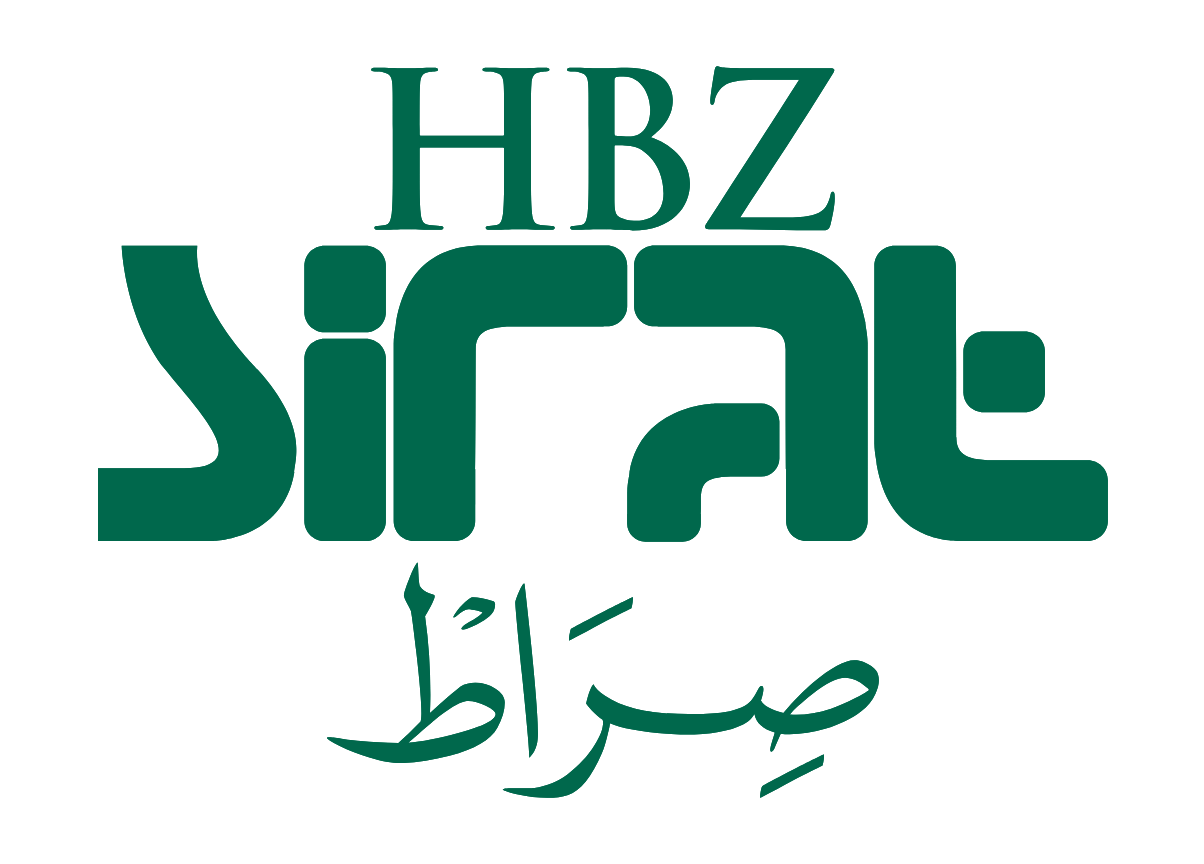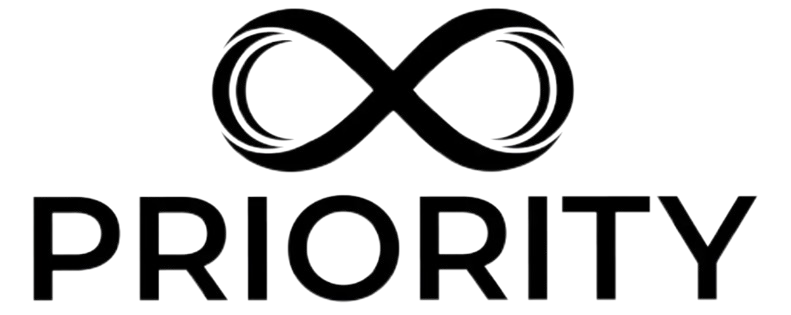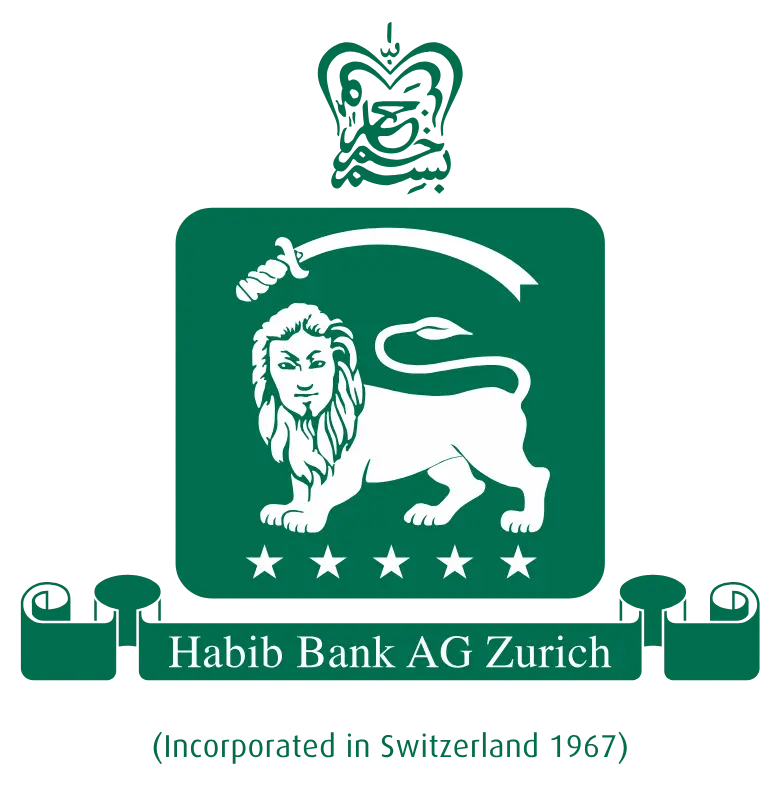When it comes to securing a business loan, one of the most critical decisions you will face is choosing between a fixed interest rate and a variable interest rate. Both options have their merits and drawbacks, and the right choice depends on your business’s financial situation, risk tolerance, and long-term goals. In this blog, we will explore the key differences between fixed and variable rates, their advantages and disadvantages, and how to determine which option aligns best with your business needs.
Understanding Fixed and Variable Interest Rates
A fixed interest rate is a rate that remains constant throughout the loan term. This means your monthly repayments will stay the same, providing predictability and stability for your business’s cash flow. On the other hand, a variable interest rate fluctuates based on market conditions, often tied to a benchmark rate such as the Emirates Interbank Offered Rate (EIBOR). This means your repayments could increase or decrease over time, depending on economic factors.
Both types of interest rates are widely available for business loans in the UAE, and understanding their implications is crucial for making an informed decision.
Advantages of Fixed Interest Rates
1. Predictability
One of the most significant benefits of a fixed interest rate is the certainty it offers. Knowing exactly how much you need to repay each month simplifies budgeting and financial planning, which is particularly beneficial for businesses with tight cash flow or those operating in industries with seasonal revenue fluctuations.
2. Protection Against Rate Hikes
With a fixed rate, you are shielded from increasing interest rates, which can be a significant advantage during periods of economic uncertainty or when central banks increase benchmark rates. This stability can help you avoid unexpected increases in your loan repayments.
3. Easier Long-Term Planning
Fixed rates are ideal for businesses that prefer long-term financial planning. Whether you are investing in new equipment, expanding operations, or managing working capital, a fixed rate ensures your repayment obligations remain consistent.
Disadvantages of Fixed Interest Rates
1. Higher Initial Rates
Fixed interest rates are often higher than variable rates at the outset. This is because lenders factor in the risk of potential rate increases over the loan term. If market rates remain stable or decrease, you could end up paying more than you would with a variable rate.
2. Limited Flexibility
Fixed rates do not allow you to benefit from falling interest rates. If market conditions improve and rates drop, your repayments will remain unchanged, potentially making your loan more expensive compared to a variable-rate option.
Advantages of Variable Interest Rates
1. Lower Initial Rates
Variable interest rates typically start lower than fixed rates, making them an attractive option for businesses looking to minimise initial costs. This can be particularly advantageous for startups or businesses with limited cash flow.
2. Potential Savings
If market interest rates decrease, your repayments will also reduce, leading to significant savings over the loan term. This flexibility can be beneficial in a declining rate environment.
3. Short-Term Loans
Variable rates are often more suitable for short-term loans, where the risk of significant rate fluctuations is lower. If you plan to repay the loan quickly, a variable rate could save you money compared to a fixed rate.
Disadvantages of Variable Interest Rates
1. Unpredictability
The primary drawback of a variable rate is its unpredictability. Your repayments can increase if current market rates increase, which can strain your cash flow and make financial planning more challenging.
2. Exposure to Economic Changes
Variable rates are closely tied to economic conditions. Factors such as inflation, central bank policies, and global economic trends can impact your repayments, making this option riskier for businesses with limited financial flexibility.
How to Choose the Right Option for Your Business?
Choosing between a fixed and variable interest rate depends on several factors, including your business’s financial health, risk appetite, and the loan’s purpose. Here are some key considerations to help you decide:
1. Cash Flow Stability
If your business has consistent and predictable cash flow, a fixed rate may be the better option. However, if your cash flow is variable or you expect it to improve, a variable rate could offer cost savings.
2. Loan Term
For long-term loans, a fixed rate provides stability and protection against future rate hikes. For short-term loans, a variable rate may be more cost-effective.
3. Market Conditions
Consider the current economic climate and interest rate trends. If rates are historically low and expected to rise, a fixed rate might be preferable. Conversely, if rates are high and likely to decrease, a variable rate could be advantageous.
4. Risk Tolerance
Assess your business’s ability to handle potential rate increases. If your business is risk-averse, a fixed rate offers peace of mind. If you are comfortable with some level of uncertainty, a variable rate might suit you better.
Conclusion
Choosing between a fixed interest rate and a variable interest rate for your business loan is a decision that requires careful consideration. Both options have their pros and cons, and the best choice depends on your business’s unique circumstances and financial goals. By evaluating your cash flow, loan term, market conditions, and risk tolerance, you can make an informed decision that supports your business’s growth and stability.
If you are ready to explore your options further, consider reaching out to a trusted financial institution like Habib Bank AG Zurich. Their team of experts can provide personalised advice and help you secure a business loan tailored to your needs. Visit their website or contact them today to take the next step towards achieving your business goals.


